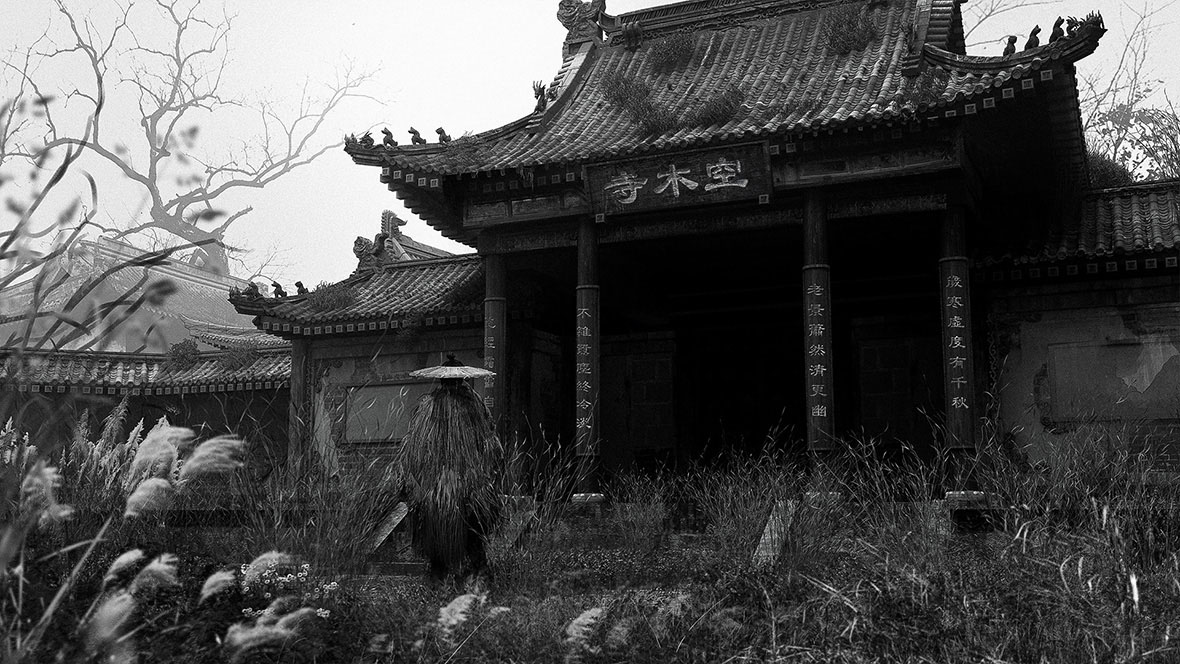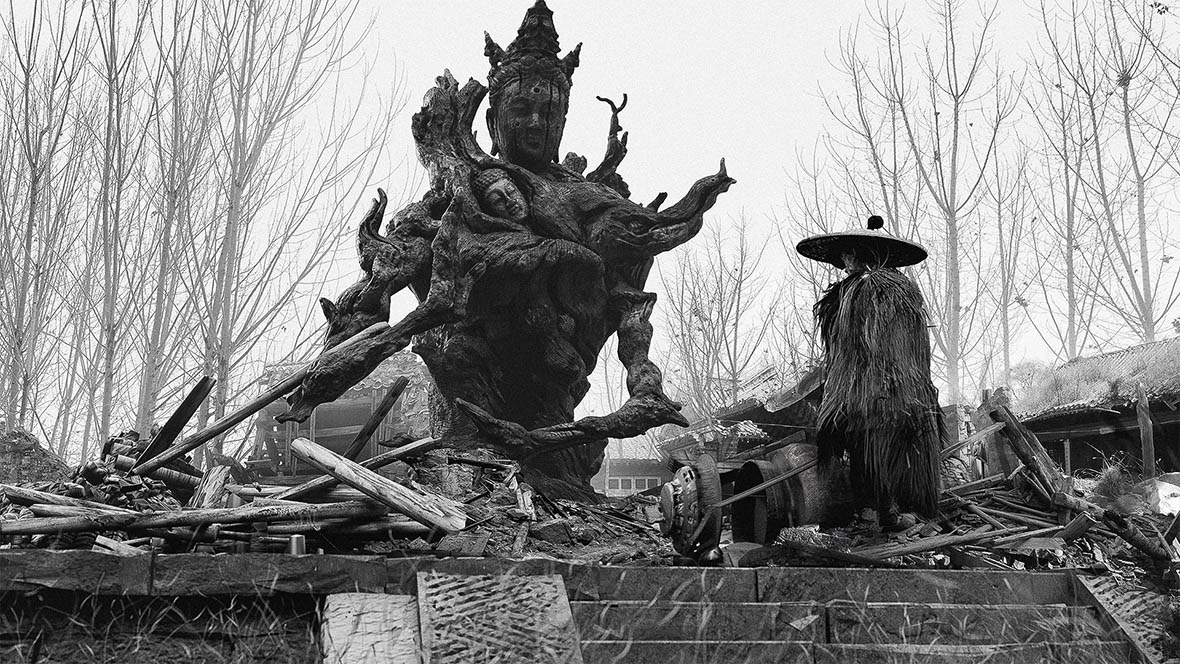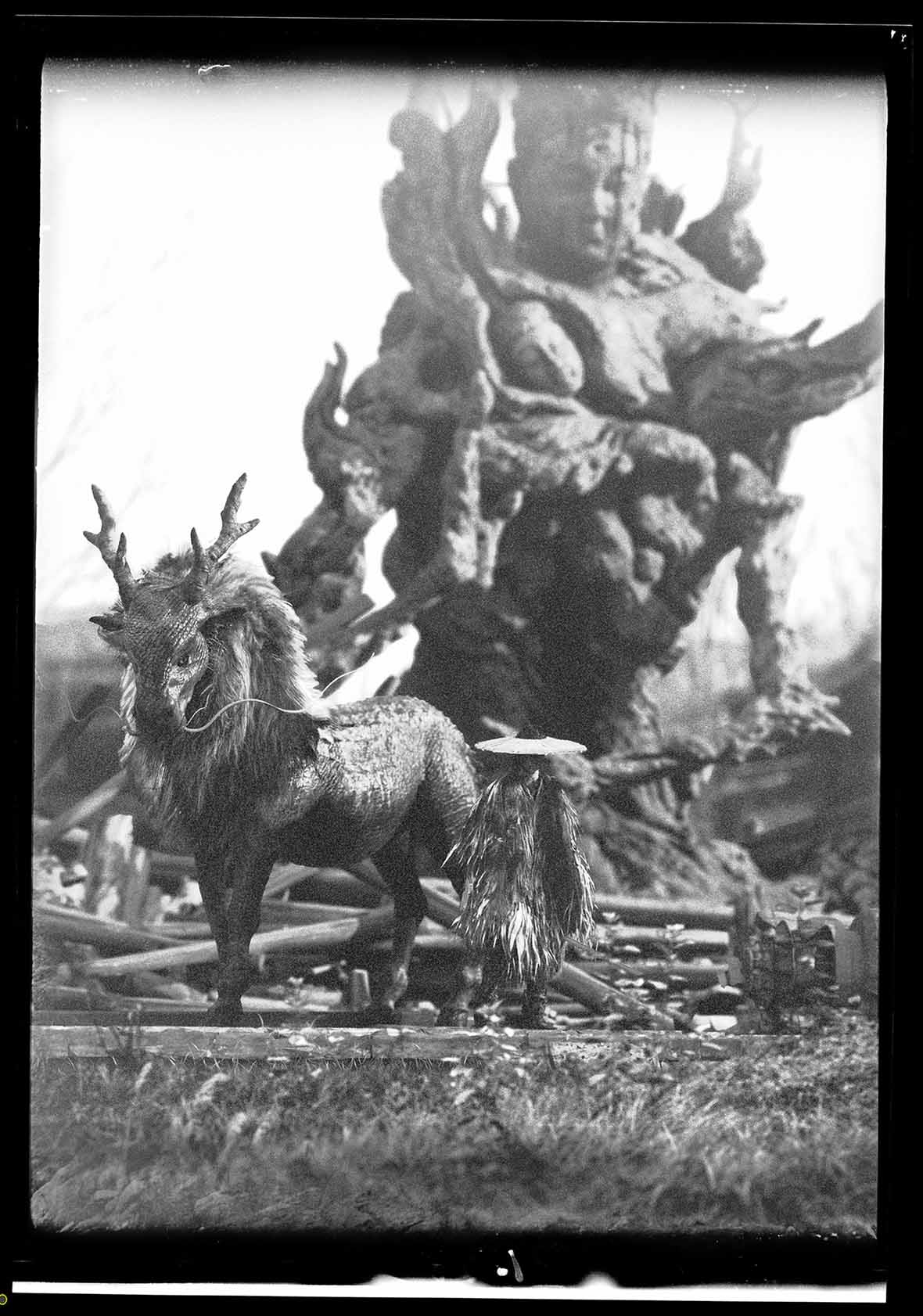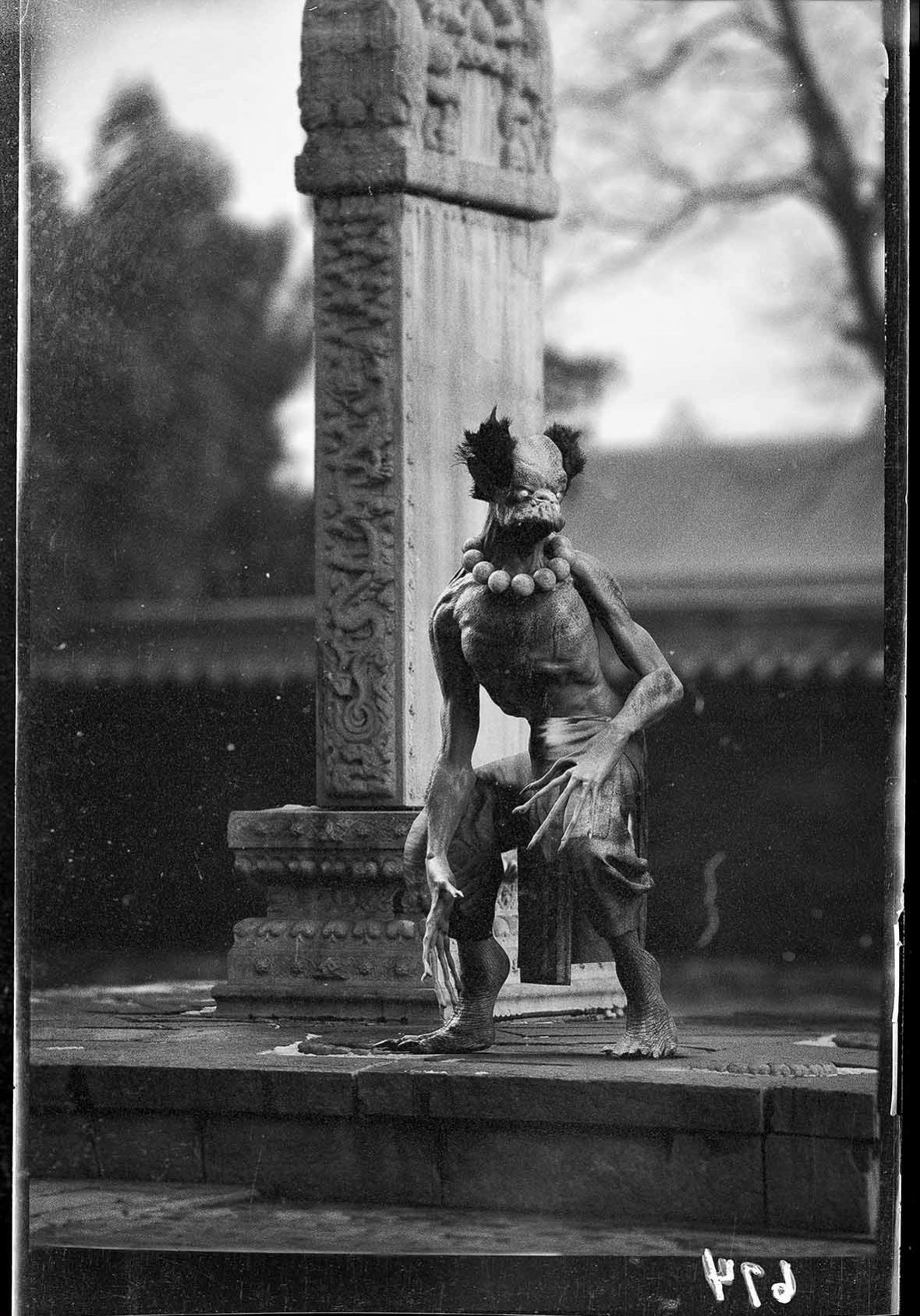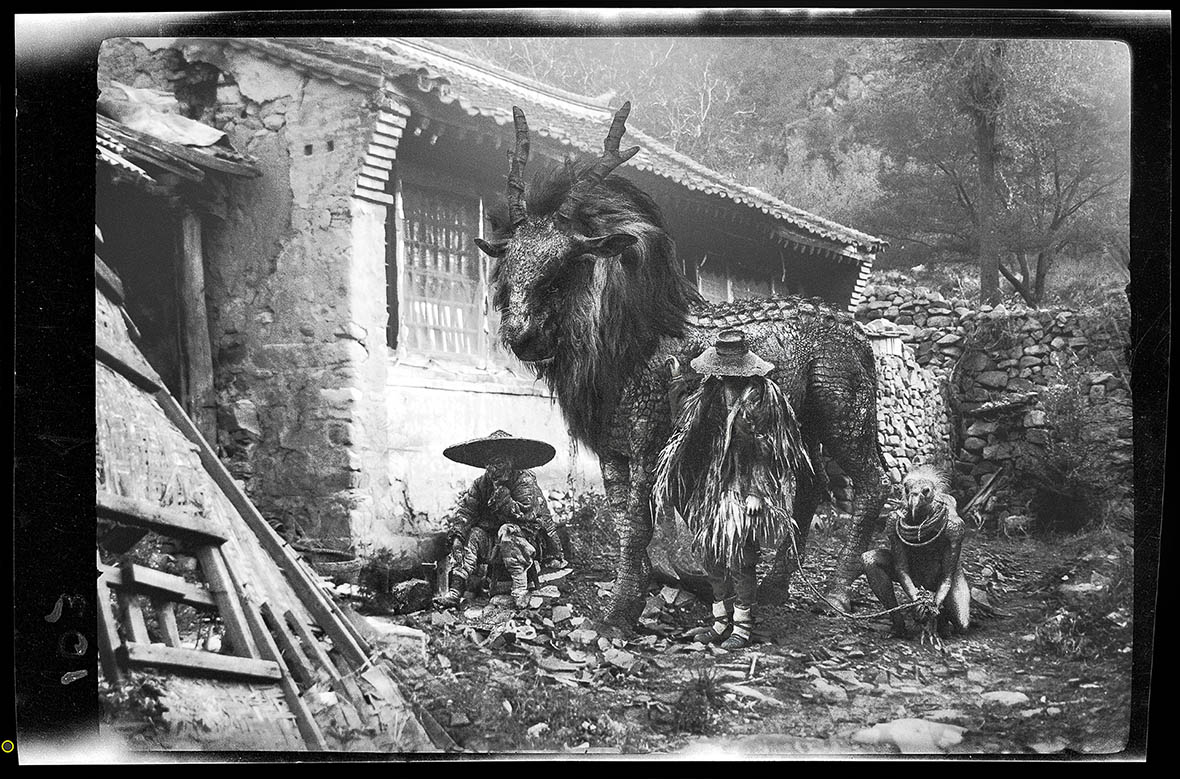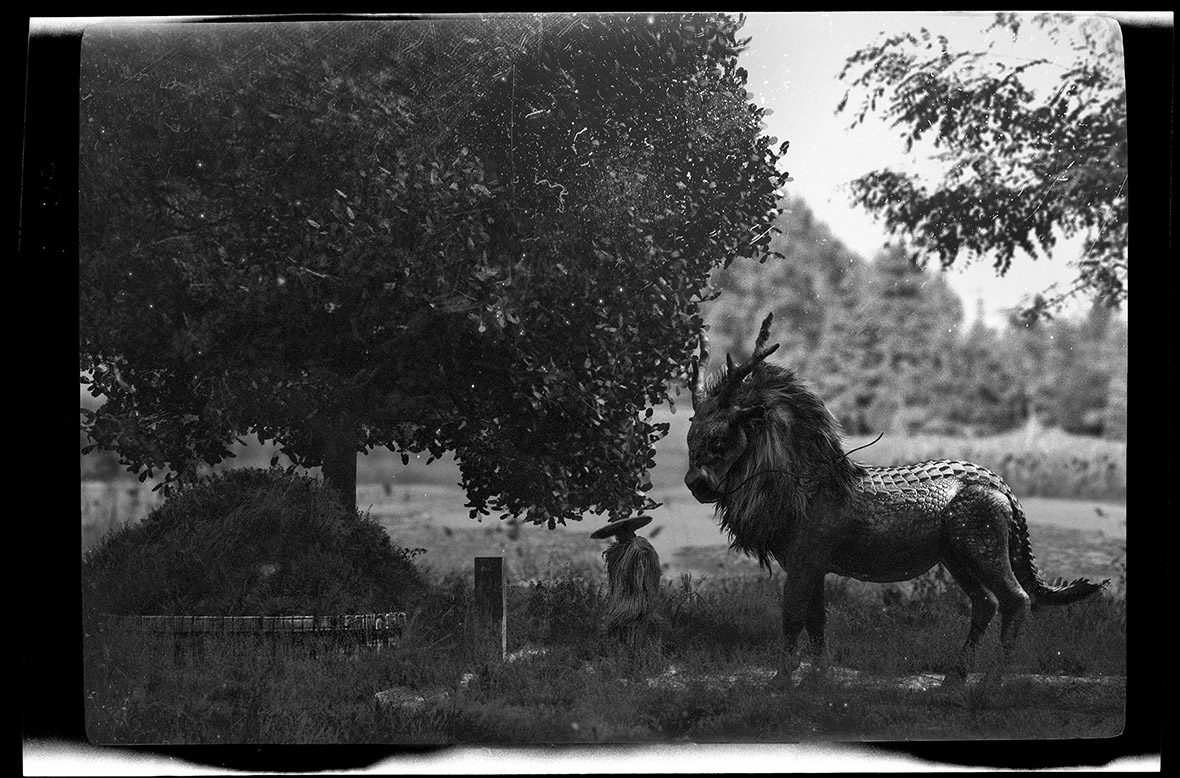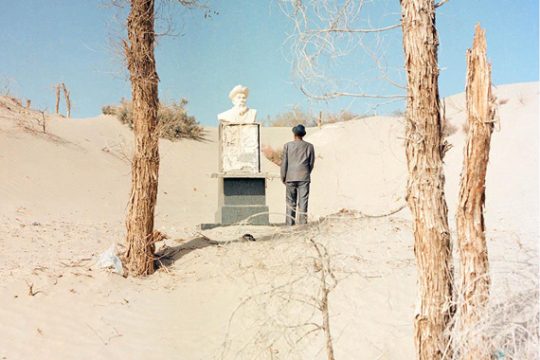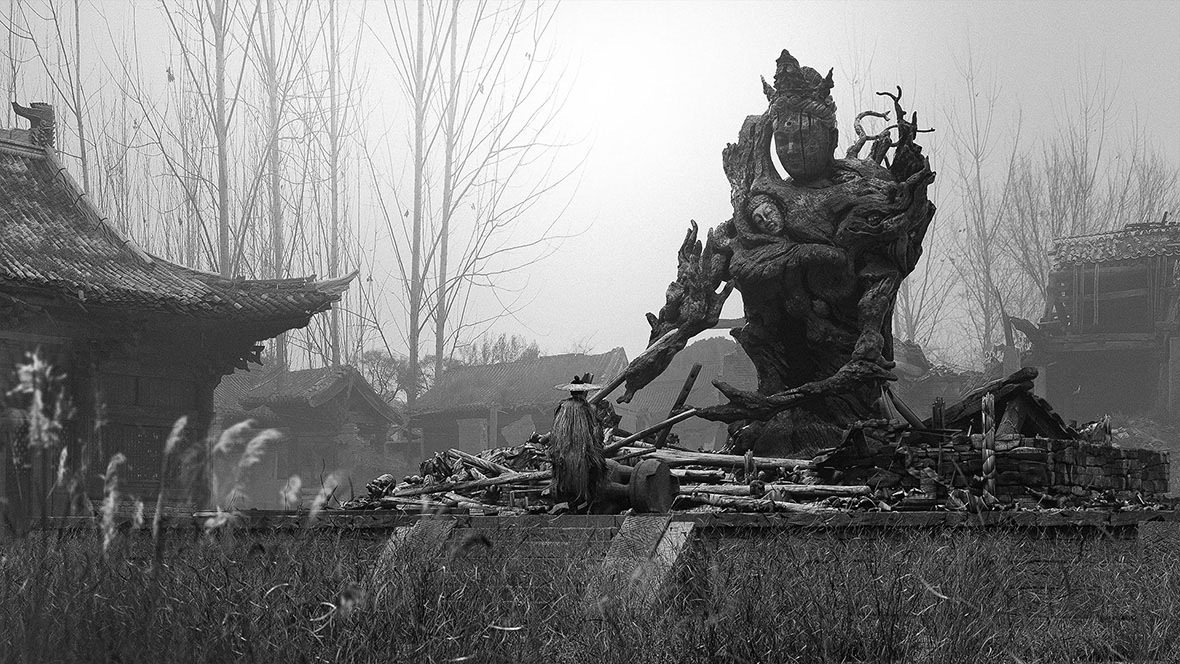
“Ye Zhong and You Guang are evil spirits who appear in the dead of night and strike fear in other devils. Fighting evil with evil, men came to evoke their names to ward off war and plague, calling them the Gods of Night.”
This is the description that opens the photo series Historical Photographs of the Gods of Night Vanquishing Demons, by Chinese digital artist Zhao Guodong. The series was inspired by folktales that date back to the Han dynasty—in the tales, Ye Zhong and You Guang were menacing deities believed to be powerful and evil enough to fend off wounds and plague.
“野仲、游光厉鬼也,三更出而百鬼惧之。后人以恶制恶,题其名可避刀兵瘟疫,谓之夜游神。 ”
这是赵国栋为“夜游神降妖旧影”系列所撰的开篇描述。作者本人是一位原画设计师,这原本是他自己的一个故事创作,灵感来自于汉代的民间传说:野仲、游光实为传说中的厉鬼,当时人们以其之名来辟兵辟疫(指避免受兵器伤害、免遭瘟疫)。
“The night deities are beings whose unparalleled malevolence is believed to counteract lesser evils,” Zhao explains. “I think the main reason people put their belief in these wicked deities as opposed to good spirits wasn’t that they wanted evil beings to destroy one another but that they considered the compassionate deities unreliable. Even today, the world is paralyzed with similar fears: for the common people, law and justice aren’t enough to shake off the uncertainty and fear of falling prey to evil-doers. People cheer on vigilantes who operate outside of the law. This observation, combined with my interpretation of the demons and gods of ancient lore, is what inspired this series.”
“这里的夜游神,就是以恶制恶的凶神。”国栋说,“我觉得人们之所以寄希望于凶神而非善神,其根本原因不是希望恶鬼自相残杀,而是对于善神的手段并无信心。时至今日,全世界都依然会充满这样的恐惧,即法律和正义无法使普通人摆脱对恶人的恐惧和忧虑,我们越来越寄希望于个人英雄的非法制裁。正是基于这样的创作初衷,结合古代的神魔怪志,就有了这个系列的插图创作。”
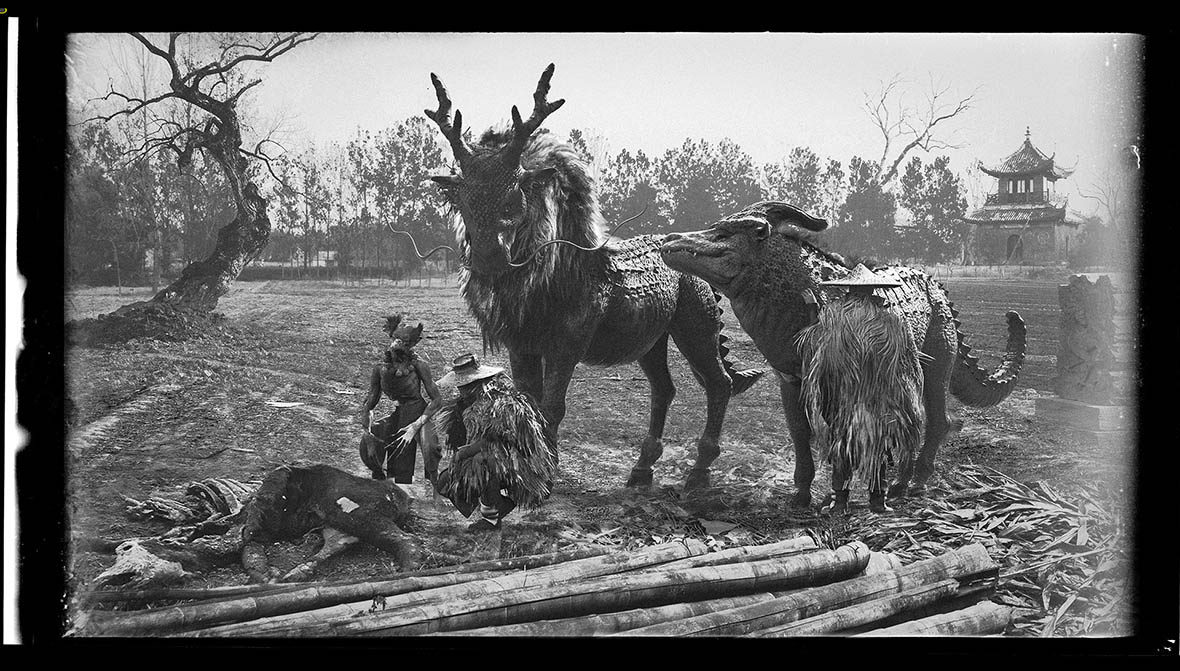
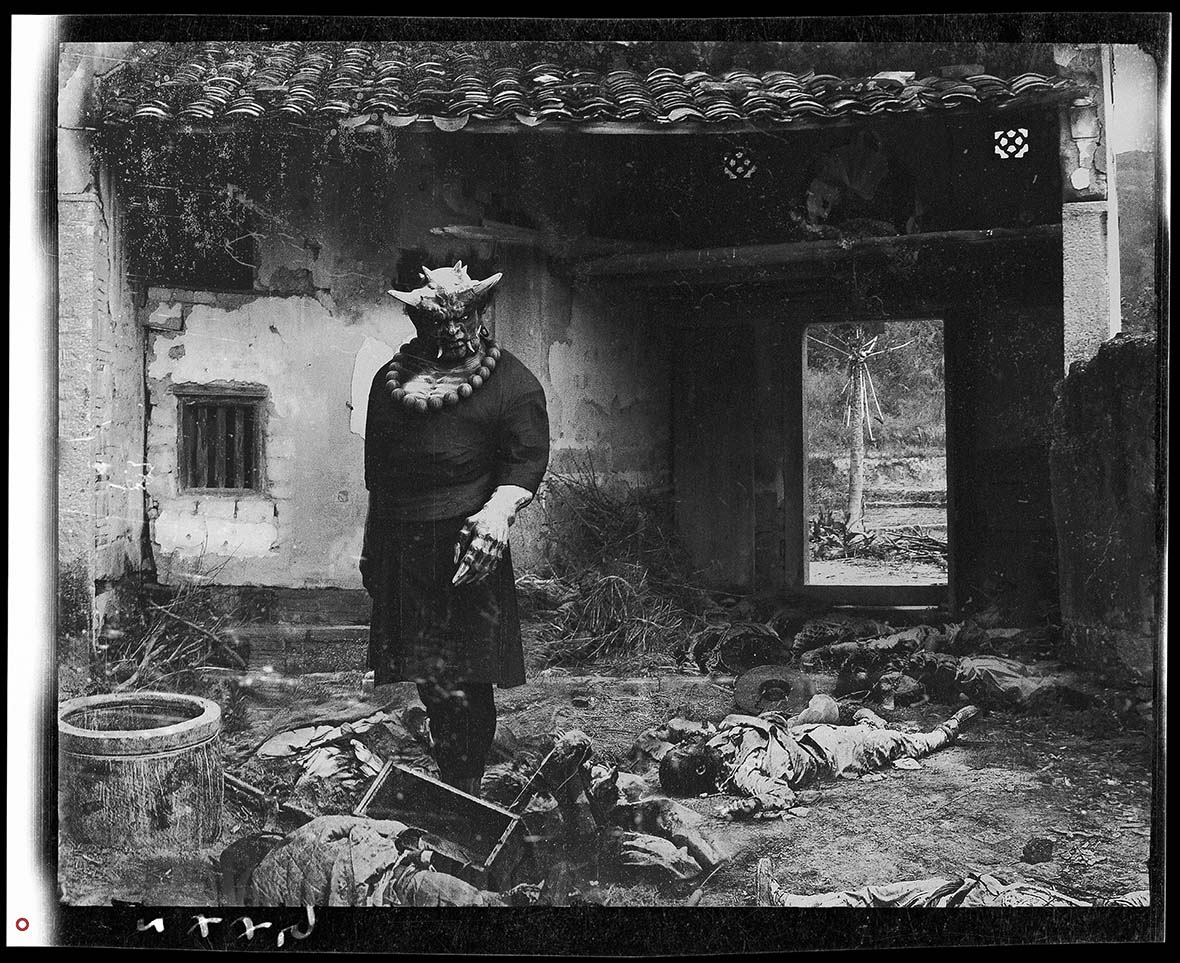
While undeniably nightmarish, the demons and beasts of Zhao’s work are a marked departure from the over-the-top character designs of Hollywood blockbusters. He explains he didn’t want to overdo their features, and against the ramshackle, overgrown backdrops, they look even more realistic. The spirits he’s conjured—from a chimerical beast with a lion’s head and a dragon’s body to a humanoid creature with jagged horns—are all culled from Chinese mythology. “I love animals, especially the legendary creatures depicted in traditional Chinese sculptures,” he notes. “It was from studying their forms that I learned about how art can be powerful and humorous at the same time.”
Zhou, leveraging Chinese mythology and modern fears, has managed to restore one of China’s oldest folktales in spine-chilling fashion. Don’t stare too long at these images after dark, or you just might find yourself inside one of these haunting dreamscapes the next time you close your eyes.
这些宛如梦魇中的奇禽异兽,和好莱坞大片中的设计形象不一样,国栋说他“并没有给予过分夸张的造型设计”,龙首狮身、牛头人面,都从中国神话传说中而来,再加上荒草萋萋的布景,看上去就更真实。“我非常喜欢动物,更喜欢中国雕塑里的动物和神兽。它们都非常的有趣。我从这些传统的石兽形象中学到了一种艺术的拙劲,一种很内敛的幽默感。”
昏暗的光景下,看着图中的奇兽,仿佛令人置身幻境一般,而中国历代还有多少神话传说,也实在是巧绘难描。
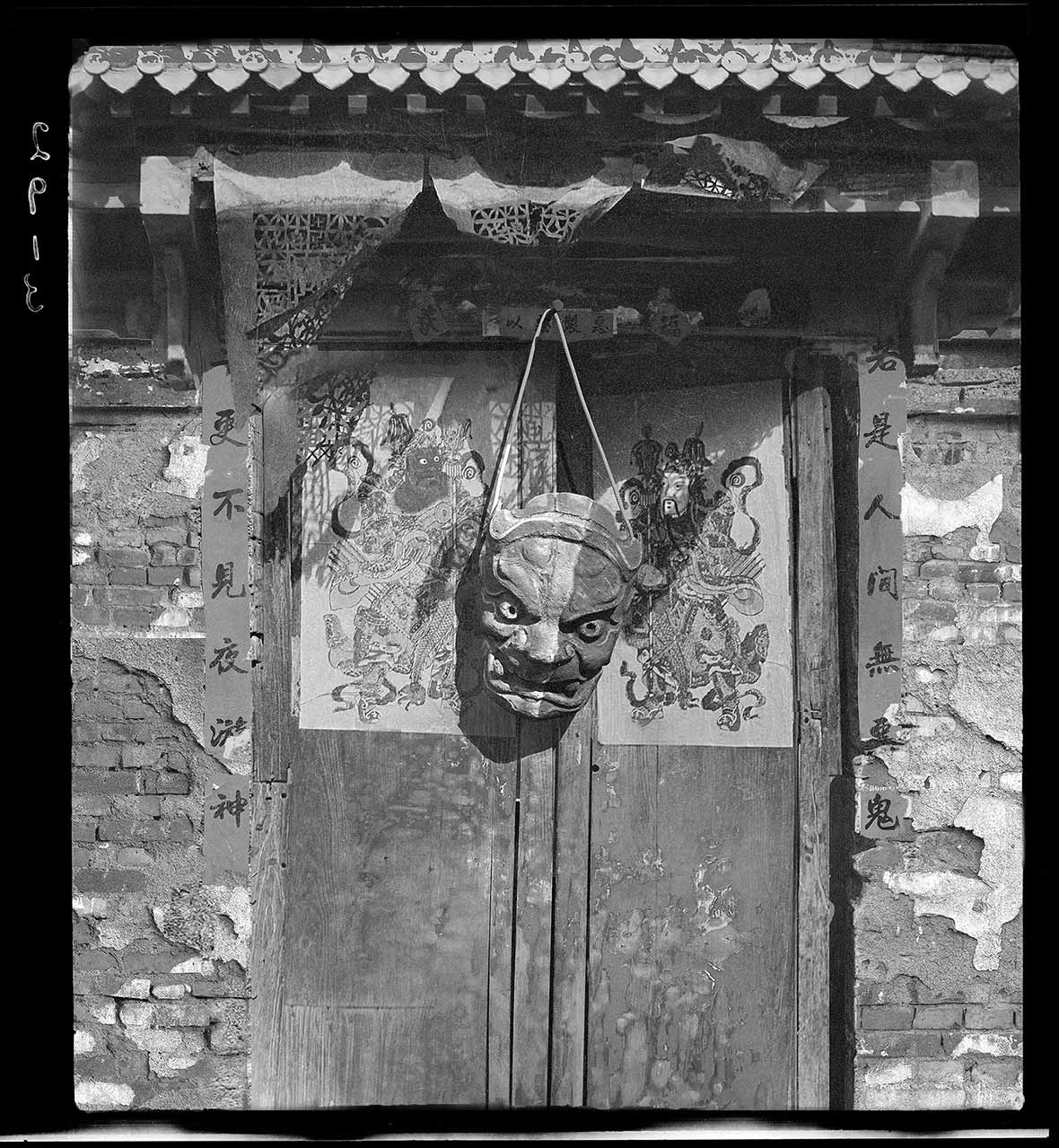
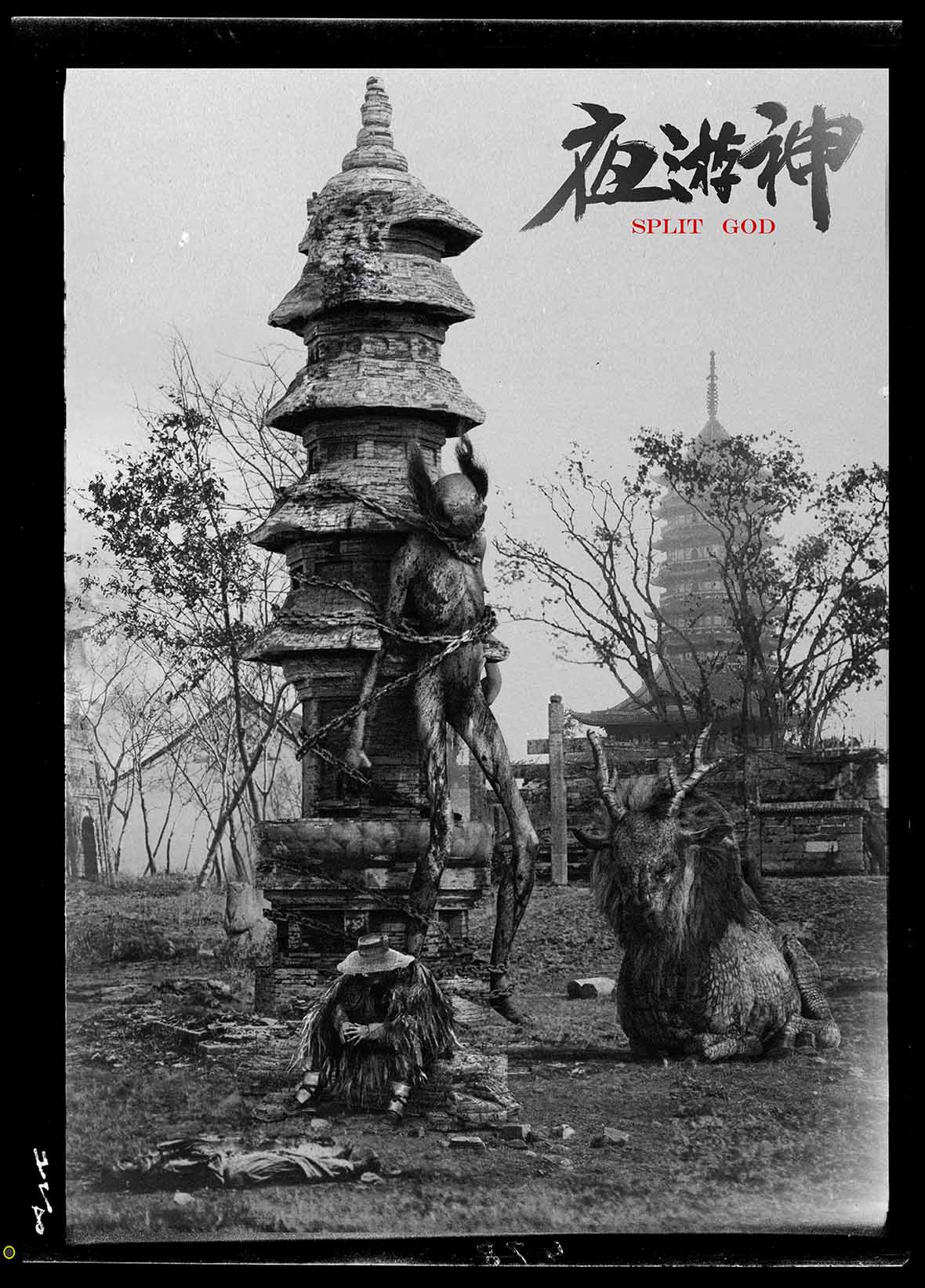
Weibo: ~/sandaosi
Contributor: Chen Yuan
English Translation: David Yen
微博: ~/sandaosi
供稿人: Chen Yuan
中译英: David Yen

